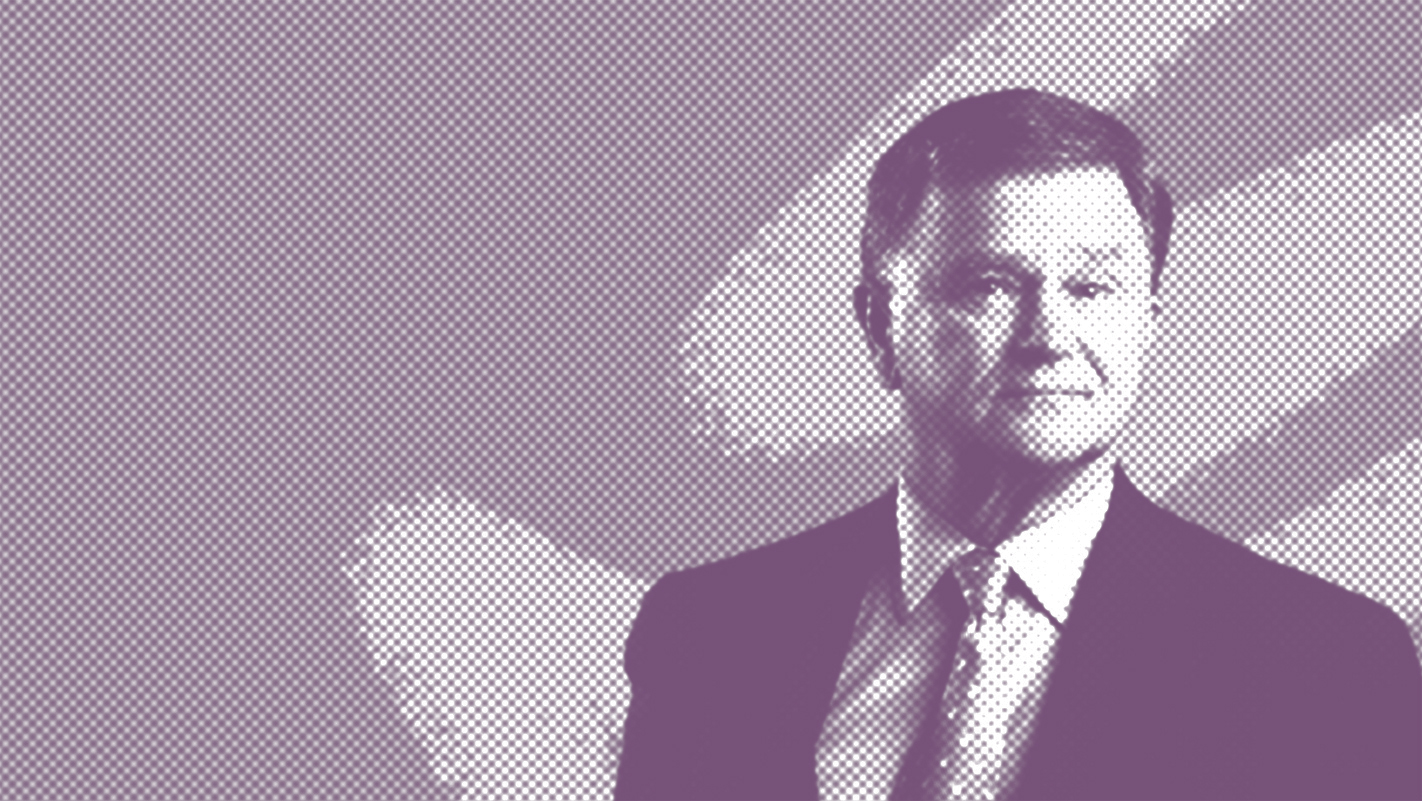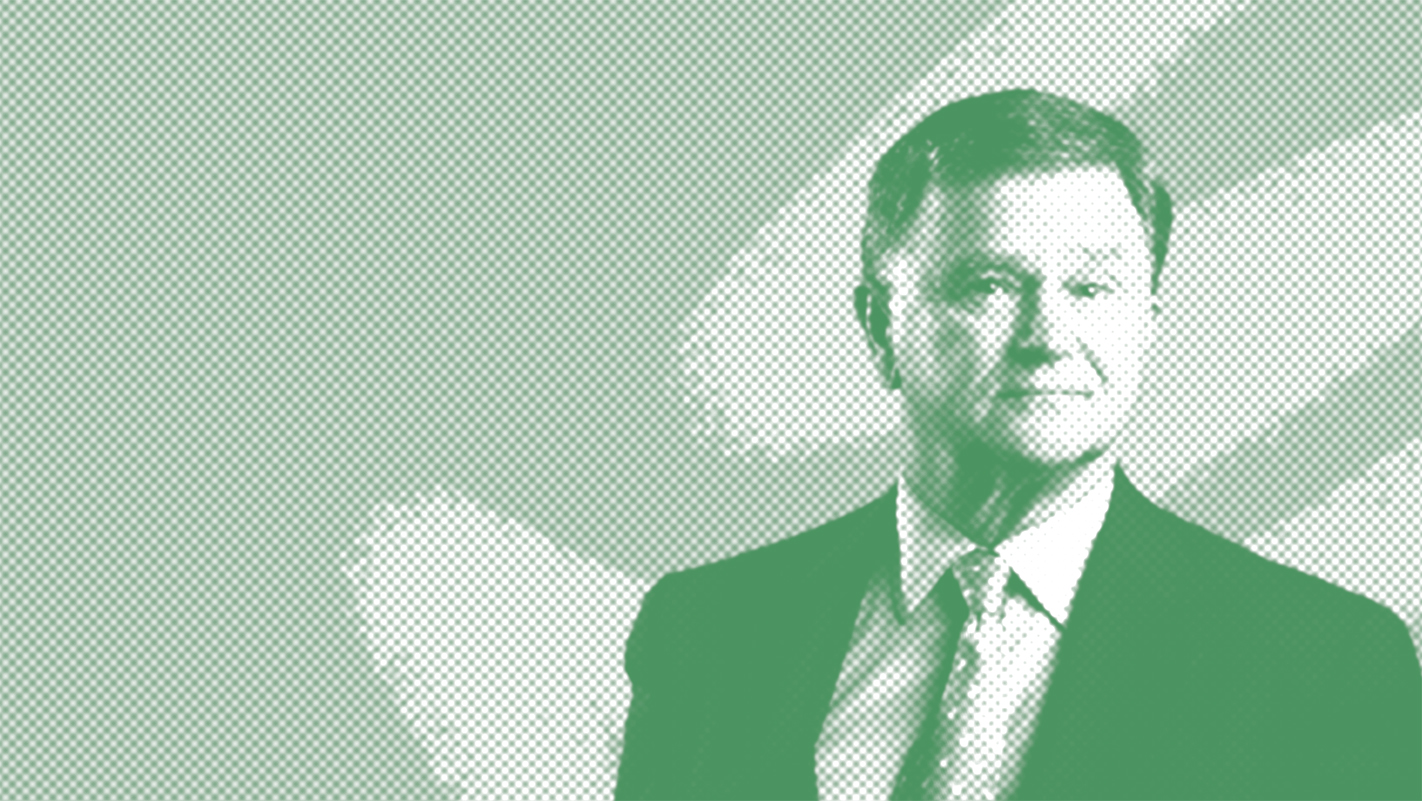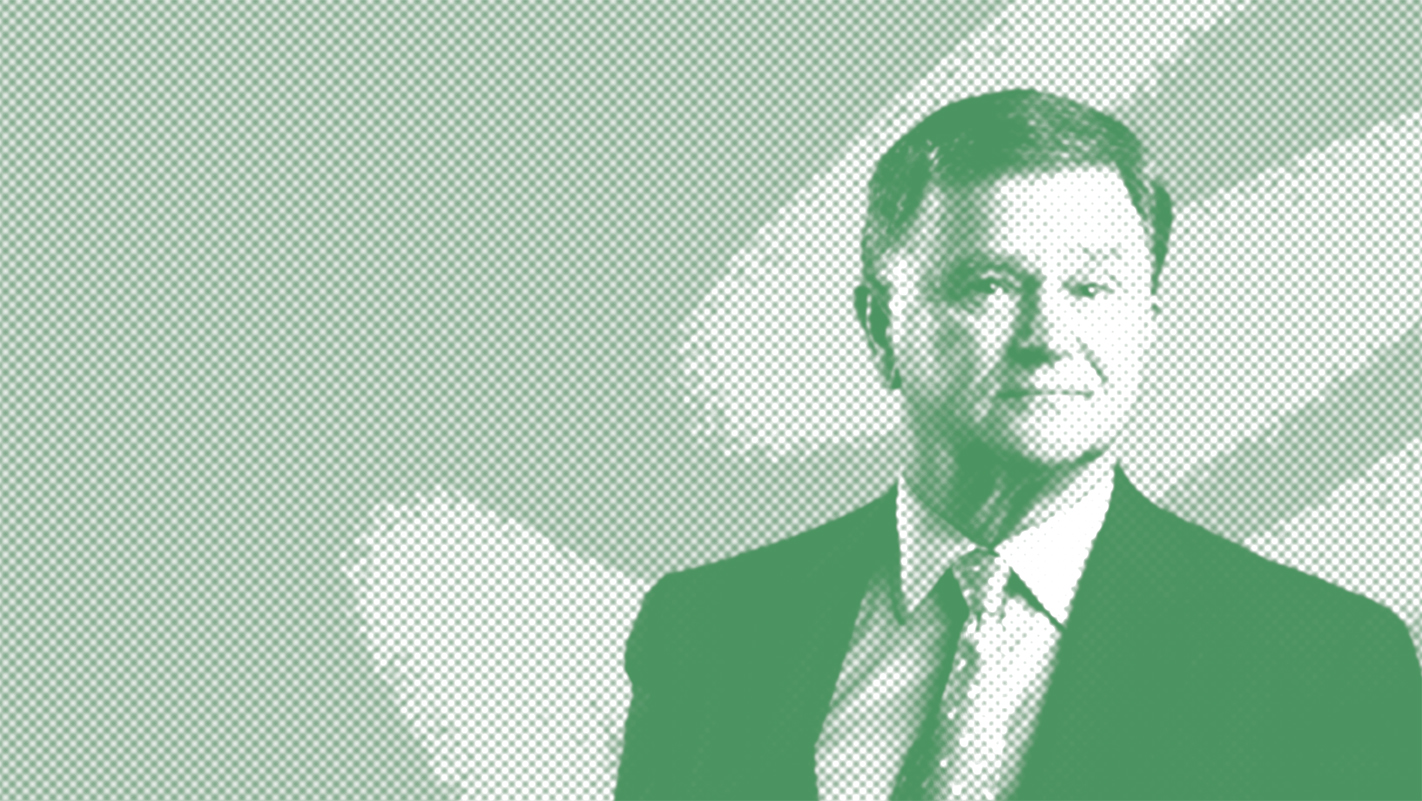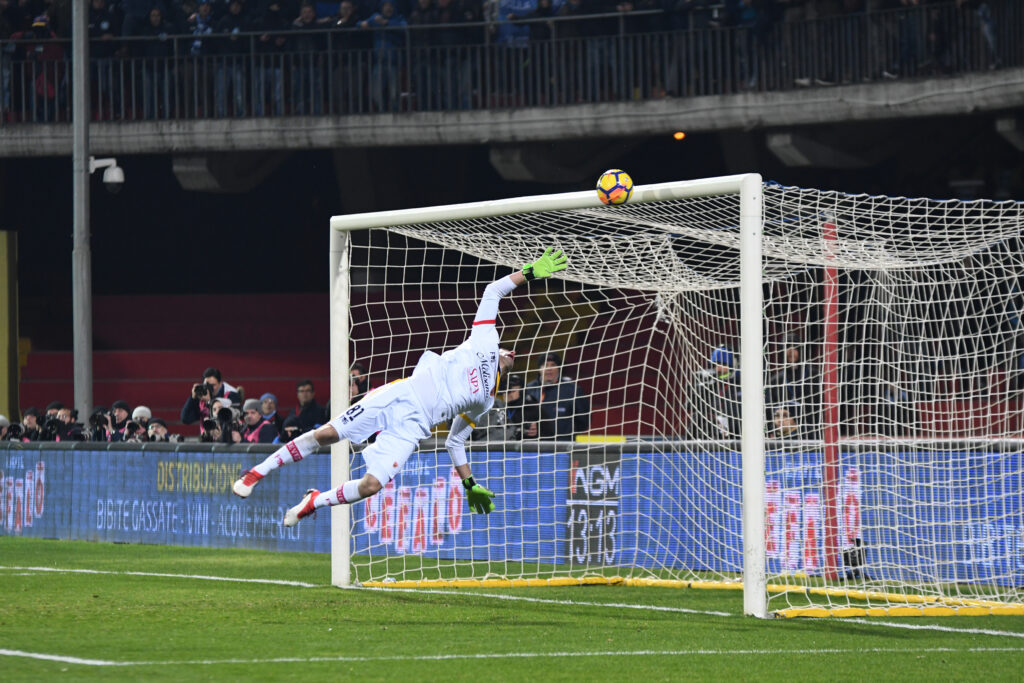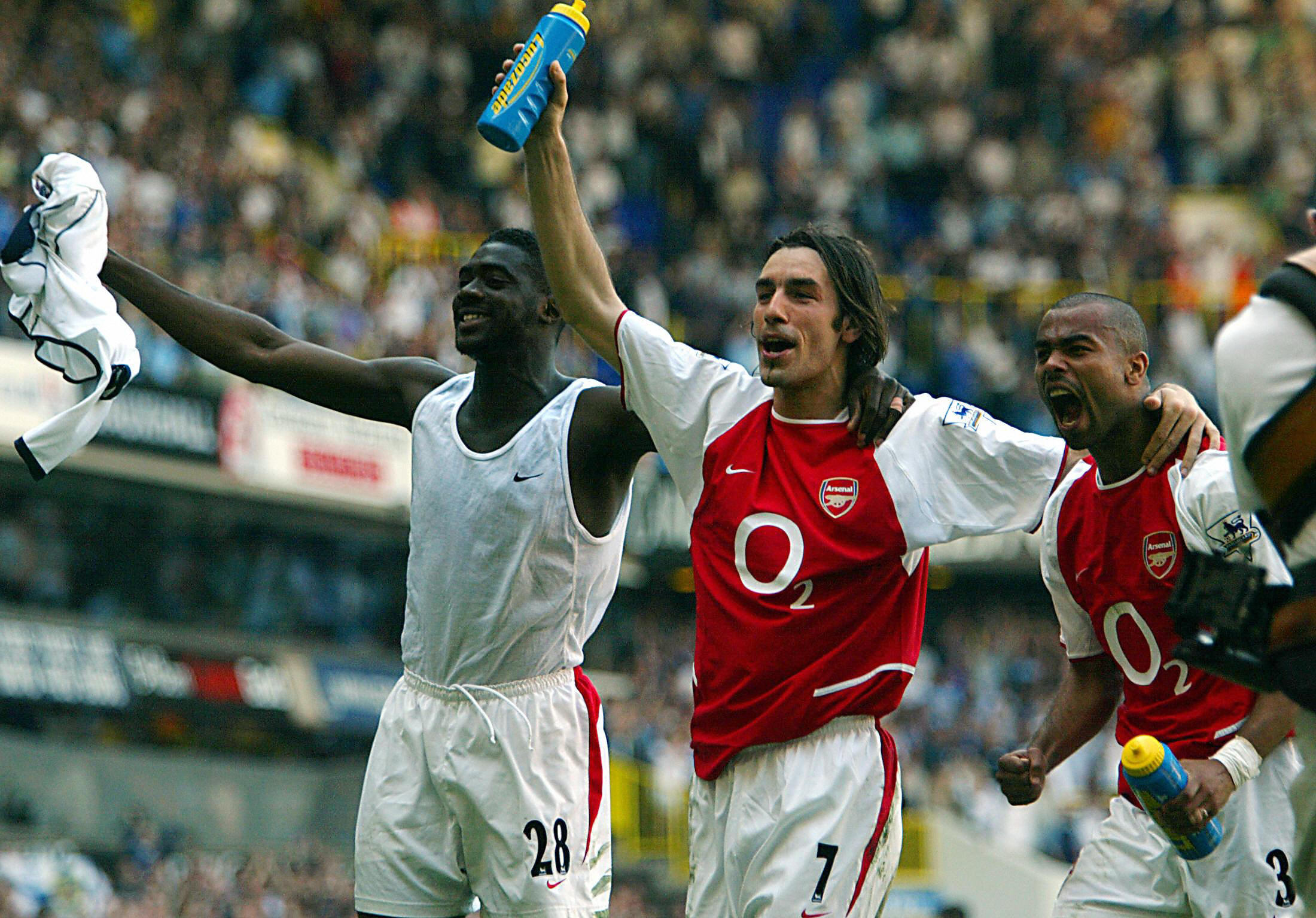People are deeply flawed when it comes to making investment decisions. It is vital for active investment managers to be aware of their own behavioral defects as humans and counter these shortcomings with process. Good active managers must be able to identify their “sources of edge,” the characteristics that enable them to generate sustainable alpha.
The sources of edge are often described as Informational, Analytic, Decision-making, and Organizational:
Informational
In an era of Artificial Intelligence and Big Data analysis, it’s very hard to generate an informational edge through data acquisition alone. Those who do find anomalies see them quickly arbitraged away. There is, though, the possibility of generating an edge by extending your time frame. A large segment of the market today is concerned with generating products based on dataset analysis, which generates excess returns for short periods of time, in the full knowledge that that advantage is temporary. However, no one has been able to turn the identification of companies that can generate returns over long periods of time into an algorithm. Focusing on long-term industry competitive dynamics and individual companies’ own competitive advantages within their industries can lead to insights that short-term data analysis often misses.
Analytic
Separating signal from noise can provide a potent analytical edge. As Benjamin Graham wrote in The Intelligent Investor:
“People don’t need extraordinary insight or intelligence. What they need most is the character to adopt simple rules and stick to them.” Having a series of rules that help determine the passage of a company from the wider universe to research coverage is extremely helpful. Being structured in how to conduct research and pre-committing to the characteristics sought in a company are essential. Be objective in embracing what works from quantitative processes and systematic fundamental analysis. Structure and discipline help overcome human biases. Admit and learn from mistakes to be more objective and establish a framework to help analysts communicate with colleagues. The structure and discipline will help them focus on what’s important, and filter out what is not.
“Focusing on long-term industry competitive dynamics and individual companies’ own competitive advantages within their industries can lead to insights that short-term data analysis often misses.”
Decision-Making
Understand that all human beings have biases that inhibit both thorough analysis and sound decision-making. A good manager needs to set up structures to overcome these biases, and make sure that all team members stick to those structures. Overcoming our emotions and learning how to avoid cognitive errors should be at the core of any process that results in making decisions, especially decisions made under conditions of great uncertainty, which clearly includes investment decision-making. Conviction and confidence help sell ideas but may not be accurate guides to the success of those ideas.
Organizational
Incentivize analysts to get their decisions right, not to persuade portfolio managers. How an organization is structured, and how its people are incentivized and compensated, can provide the background that facilitates good decision-making and is thus a source of “organizational alpha.” For example, incentives should in part focus on long-term performance so that they’re aligned with the long-term nature of the informational and analytical edge. Moreover, individuals need to be accountable for their decisions to avoid the blame game that arises from consensus or group decisions. Finally, a good investment manager needs to communicate with clients, and, above all, set their expectations accurately.
At Harding Loevner, we think we have an edge because of what we know about decision-making and the structure and discipline of the process. Our analysts provide the necessary ingredients for successful, systematic portfolio construction. Our decision-making structure imposes individual accountability, mitigates biases, and ensures continuity, leading to better decisions and aligning each of us with our clients’ objectives.
What did you think of this piece?




